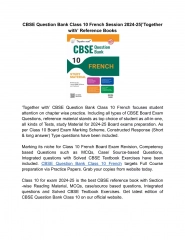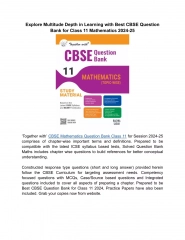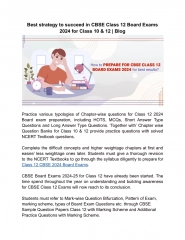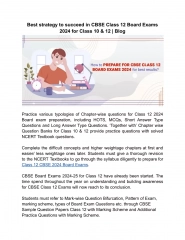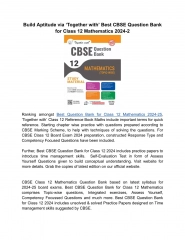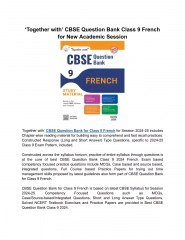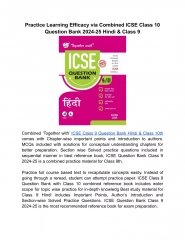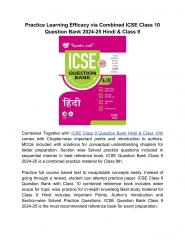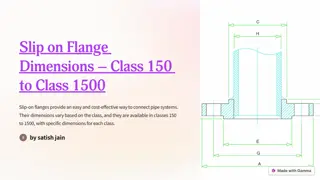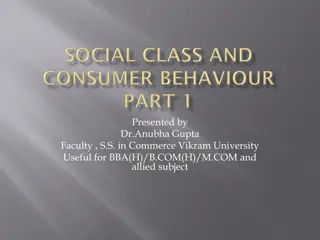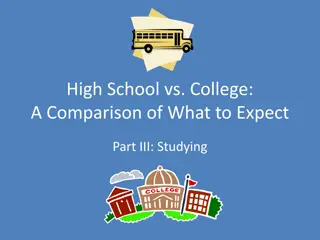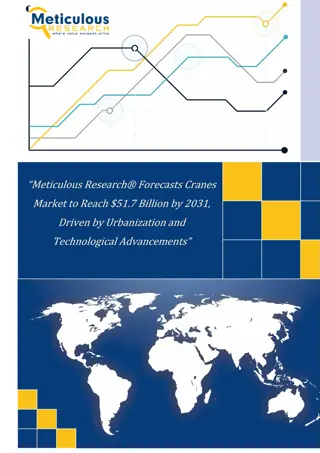
Einstein's General Relativity, Friedmann's Universe, and Hubble's Discoveries
Explore the fascinating journey through Einstein's equation of general relativity, Friedmann's predictions on the expanding universe, and Hubble's groundbreaking work on galaxies. Discover how these key concepts revolutionized our understanding of the cosmos and shaped modern cosmology.
Download Presentation

Please find below an Image/Link to download the presentation.
The content on the website is provided AS IS for your information and personal use only. It may not be sold, licensed, or shared on other websites without obtaining consent from the author. If you encounter any issues during the download, it is possible that the publisher has removed the file from their server.
You are allowed to download the files provided on this website for personal or commercial use, subject to the condition that they are used lawfully. All files are the property of their respective owners.
The content on the website is provided AS IS for your information and personal use only. It may not be sold, licensed, or shared on other websites without obtaining consent from the author.
E N D
Presentation Transcript
Einstein, GTR, and the Universe Einstein s equation of general relativity: Rmn-1 2gmnR=8pGTmn The equation required an expanding universe, so Einstein arbitrarily added a cosmological constant to avoid this conclusion Recall that galactic nebulas had yet to be discovered as galaxies, and neither had the expanding universe!
Friedmanns Universe 1 E =1 2mv2-GMm Starts with total energy: Makes 3 simplifying assumptions: Universe is essentially empty (on a larger scale) Universe is isotropic (no preferred direction) Universe is homogeneous (no preferred point) and gets: 2E mR2= R r 2 -8pG v r 3
Friedmanns Universe 2 Inserting E=mc2and taking into account GTR, the prior equation results in: 2 =8pG r-kc2 v R R2 3 where k is the curvature of the universe: If k < 0, then universe is closed and bounded (positively curved). If k > 0, then the universe is open and unbounded (negatively curved). If k = 0, then the universe is flat.
Friedmanns Universe Solving this equation, Friedmann predicted that the universe had to be expanding if it were to exist. Einstein added the cosmological constant to his own field equations because he could not believe in an expanding universe. Later Einstein remarked, That was the greatest scientific blunder that I ever made.
Hubbles Relationship 1 Following in the footsteps of others, Hubble determines recessional velocities from Doppler shifts. Dl l =v c
Hubbles Relationship 2 Hubble determines distances to nebulas using a variety of means: Study of variable stars whose periods are related to their intrinsic brightness Angular diameters by type Presence of brightest stars in a galaxy by type Presence of globular star clusters Presence of supernovas by type (I and II)
Hubbles Law for Galaxies Hubble used Doppler shifts and distances to study galaxies. He found a linear relationship. v = HR
Abb Georges Lamatre Introduces the Big Bang Concludes that time since universal expansion began could be found from Hubble parameter. v = HR; now d/v = t; v/R = H and d/v = 1/H The current value of H (21-23km/s/Mly) shows the age of the universe to around 13.8 billion years.
Hubbles Law is consistent with the expansion of the universe.

